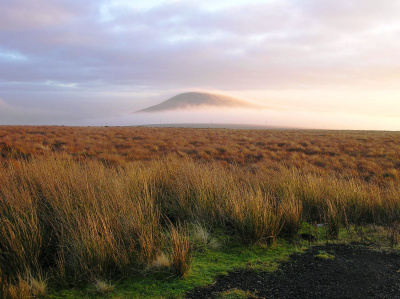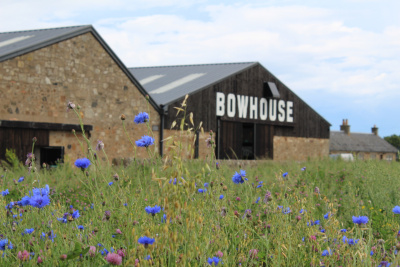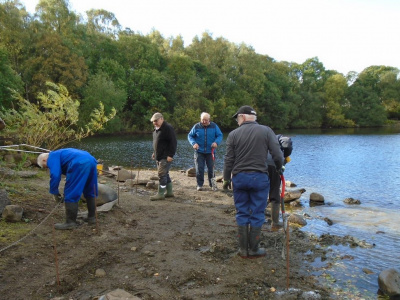A wide and diverse availability of land and buildings allows businesses, organisations, individuals and communities, to pursue projects of all scales and purposes. Access to land can provide a range of benefits, including supporting sustainable local economic development, providing spaces for social and amenity activities, and improving access to green spaces.
Our protocols on 'Diversification of Ownership and Tenure' and 'Negotiating Transfer of Land to Communities,' set out practical expectations for achieving a more diverse pattern of land ownership, management, and use. They focus on how owners of land can create opportunities for local businesses, residents or community organisations through purchases, leases and other collaborative working arrangements.
These protocols are supported by a route map, which provides a clear, easy-to-follow visual guide for land owners to create more opportunities for communities to get involved with ownership of land.
For land owners, diversifying land holdings can contribute to a more diversified asset base, generate funds to reinvest elsewhere, improve public profile and relationships with the community, and provide opportunities for innovation and collaboration. We have published practical guidance for rural land and property managers who wish to establish or record a transparent policy and process for how they respond to opportunities and proposals for diversification of ownership and tenure.
We are always keen to hear about positive examples of good working practices and relationships and we welcome information about successful collaboration that can inform case studies to help others. Get in touch if you would like to learn more, take part or share your experiences.
We have created a list of Frequently Asked Questions to support land owners in providing information about the ownership and use of land detailing who owns the land, their plans for it, and how communities can get in touch with them.





